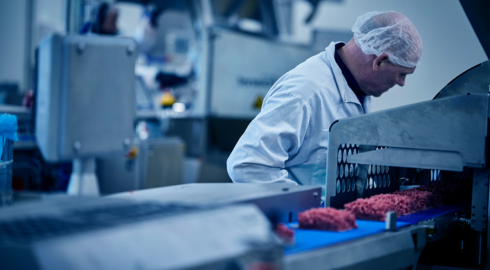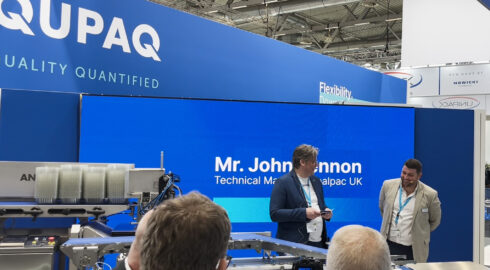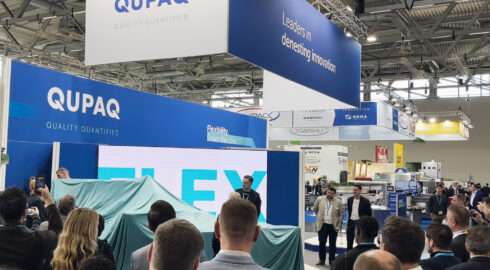New Equipment on Existing Line
Ensure the new equipment seamlessly integrates with the existing production line to minimize any disruptions or downtime
Plan and Execute Carefully
Integrating new equipment into an existing production line can be a challenge that requires careful planning and execution. To ensure that the new equipment seamlessly integrates with the existing production line, it is essential to minimize any disruptions or downtime.
This also holds true when integrating a tray denester – the technology commonly used in the food industry to automatically separate and dispense trays and containers for food packaging. A tray denester can be a valuable addition to a food production line, as it can improve efficiency and productivity by automating a process that is otherwise done manually.
Also read: Top 5 Reasons for Downtime in Food Manufacturing
However, before integrating a tray denester – or any other equipment – it is crucial to understand the challenges that may arise. These challenges may include:
Compatibility with Existing Equipment
The tray denester must be compatible with other equipment in the production line, such as conveyors, filling machines, and sealing machines. In some cases, modifications may be needed to the production line to ensure that the denester can be seamlessly integrated. Some denesters can be delivered with fillers and loaders integrated, ex. LINK TIL STEPLOADER.
Electrical and Mechanical Requirements
The denester must meet the electrical and mechanical requirements of the existing production line. This may involve upgrading electrical systems or modifying the denester to meet specific mechanical requirements. Also, the sync signal should be supported, of course.
Space Constraints
The denester must fit into the available space in the production line without disrupting the flow of materials or interfering with other equipment. This can be particularly challenging in tight spaces or where there is limited clearance between machines. QUPAQ have delivered tray denesters with elevators attached to make use of the cubic space available vertically, for loading of trays.
Production Line Downtime
Integrating the denester may require shutting down the production line for a period of time. This can impact production schedules and require careful coordination to minimize downtime.
Training and Support
Proper training and support is a must for the workers who will be operating the denester. The denester manufacturer should also provide ongoing technical support to ensure that the equipment is running properly and any issues are quickly resolved.
Despite these challenges, the benefits of integrating a tray denester into an existing food production line can be significant. By automating a manual process, a tray denester can increase production efficiency and output, reduce labor costs, and improve product consistency and quality.
Case: Norfersk implemented INTRAY on their existing line with great success
Thus, with careful planning, coordination, and execution, the integration of a tray denester can be a worthwhile investment that pays off in improved productivity and profitability.
Non-Standard Food Containers
In food manufacturing, nonstandard shaped or sized trays may be used for a variety of reasons, such as to accommodate specific product shapes or to differentiate the product from competitors. These trays may also be used for specialized applications such as catering, where unique presentation is important.
However, using nonstandard shaped or sized containers can be a challenge when it comes to automating tray denesting – or trying to switch customized equipment. Tray denesters are typically designed to handle standard tray sizes and shapes, so nonstandard trays may not fit properly into the equipment.
Using nonstandard trays can also impact other areas of the production line, such as filling/loading and sealing machines. These machines may be designed to work with specific tray sizes and shapes, so using nonstandard trays can lead to compatibility issues and the need for additional modifications or equipment.
Read also: Calculate your Cost per Product
The cost of not being able to automate tray denesting can be significant. Without automation, tray denesting must be done manually, which can be time-consuming, labor-intensive, and prone to errors. This can result in slower production times, increased labor costs, and lower overall efficiency. Perhaps it may even impact the competitiveness for the manufacturer, as the Cost per Product could become unproportionally high compared with the margin of competitors.
One way to ensure this is by getting your trays tested – you can inquire for a tray test at QUPAQ here. This will give you a thorough indication of capacity, cost and other data of interest in regards to automating tray denesting.






